SGLS148E December 2002 – December 2015 ULQ2003A-Q1 , ULQ2004A-Q1
PRODUCTION DATA.
- 1 Features
- 2 Applications
- 3 Description
- 4 Revision History
- 5 Pin Configuration and Functions
-
6 Specifications
- 6.1 Absolute Maximum Ratings
- 6.2 ESD Ratings
- 6.3 Recommended Operating Conditions
- 6.4 Thermal Information
- 6.5 Electrical Characteristics, ULQ2003AT and ULQ2003AQ
- 6.6 Electrical Characteristics, ULQ2004AT
- 6.7 Switching Characteristics, ULQ2003A and ULQ2004A
- 6.8 Dissipation Ratings
- 6.9 Typical Characteristics
- 7 Parameter Measurement Information
- 8 Detailed Description
- 9 Application and Implementation
- 10Power Supply Recommendations
- 11Layout
- 12Device and Documentation Support
- 13Mechanical, Packaging, and Orderable Information
Package Options
Refer to the PDF data sheet for device specific package drawings
Mechanical Data (Package|Pins)
- PW|16
- D|16
Thermal pad, mechanical data (Package|Pins)
- D|16
Orderable Information
9 Application and Implementation
NOTE
Information in the following applications sections is not part of the TI component specification, and TI does not warrant its accuracy or completeness. TI’s customers are responsible for determining suitability of components for their purposes. Customers should validate and test their design implementation to confirm system functionality.
9.1 Application Information
Typically, the ULQ200xA-Q1 device drives a high-voltage or high-current (or both) peripheral from an MCU or logic device that cannot tolerate these conditions. This design is a common application of ULQ200xA-Q1 device, driving inductive loads. This includes motors, solenoids and relays. Figure 15 shows an example of driving multiple inductive loads.
9.2 Typical Application
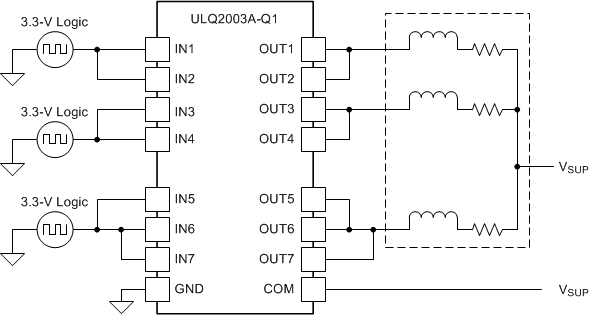 Figure 15. ULQ2003A-Q1 Device as Inductive Load Driver
Figure 15. ULQ2003A-Q1 Device as Inductive Load Driver
9.2.1 Design Requirements
For this design example, use the parameters listed in Table 1 as the input parameters.
Table 1. Design Parameters
| DESIGN PARAMETER | EXAMPLE VALUE |
|---|---|
| GPIO voltage | 3.3 V or 5 V |
| Coil supply voltage | 12 V to 48 V |
| Number of channels | 7 |
| Output current (RCOIL) | 20 mA to 300 mA per channel |
| Duty cycle | 100% |
9.2.2 Detailed Design Procedure
When using ULQ2003A-Q1 device in a coil driving application, determine the following:
- Input voltage range
- Temperature range
- Output and drive current
- Power dissipation
9.2.2.1 Drive Current
The coil voltage (VSUP), coil resistance (RCOIL), and low-level output voltage (VCE(SAT) or VOL) determine the coil current.
9.2.2.2 Low-Level Output Voltage
The low-level output voltage (VOL) is the same as VCE(SAT) and can be determined by, Figure 1 or Figure 2.
9.2.2.3 Power Dissipation and Temperature
The number of coils driven is dependent on the coil current and on-chip power dissipation. The number of coils driven can be determined by Figure 16.
For a more accurate determination of number of coils possible, use Equation 2 to calculate ULQ200xA-Q1 device on-chip power dissipation PD:

where
- N is the number of channels active together
- VOLi is the OUTi pin voltage for the load current ILi. This is the same as VCE(SAT)
To ensure reliability of ULQ200xA-Q1 device and the system, the on-chip power dissipation must be lower that or equal to the maximum allowable power dissipation (PD(MAX)) dictated by Equation 3.

where
- TJ(max) is the target maximum junction temperature
- TA is the operating ambient temperature
- RθJA is the package junction to ambient thermal resistance
Limit the die junction temperature of the ULQ200xA-Q1 device to less than 125°C. The IC junction temperature is directly proportional to the on-chip power dissipation.
9.2.3 Application Curve
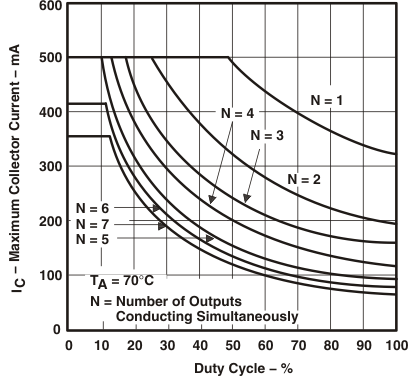
9.3 System Examples
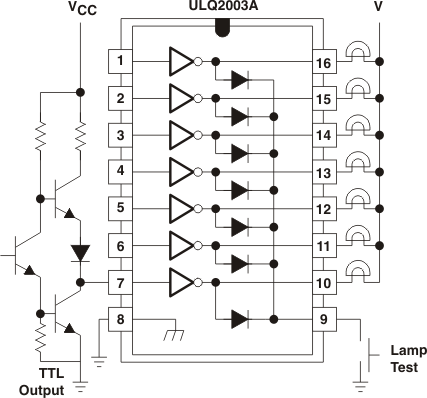 Figure 17. TTL to Load
Figure 17. TTL to Load
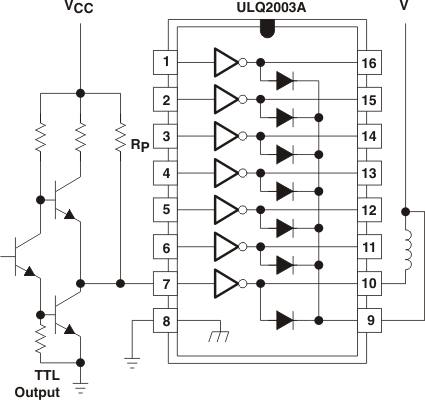 Figure 19. Use of Pullup Resistors to Increase Drive Current
Figure 19. Use of Pullup Resistors to Increase Drive Current
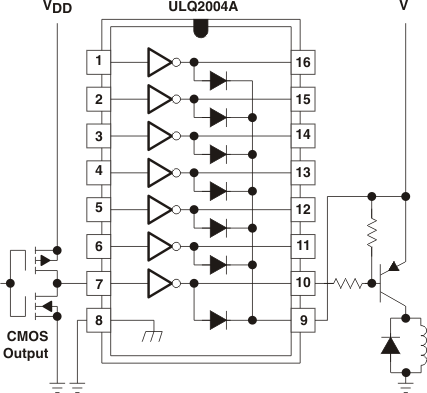 Figure 18. Buffer for Higher Current Loads
Figure 18. Buffer for Higher Current Loads